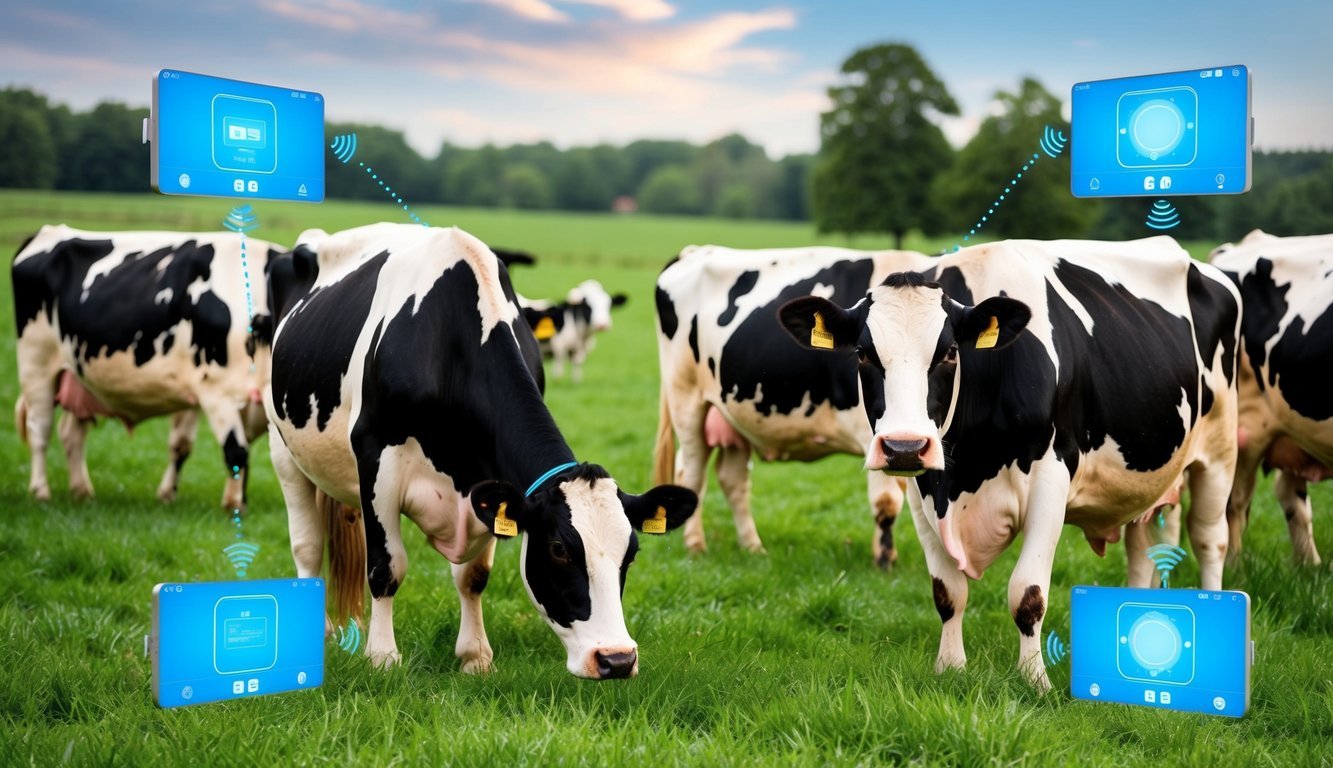
Dairy cows need a minimum of 10 hours of rest each day, which makes it essential to provide them with a comfortable, clean, and dry environment—like freestalls.
This environment plays a vital role in their health, welfare, and productivity.
One key factor that contributes to the comfort of these stalls is how easily cows can lie down and rise again.
Consequently, farmers must keep a close eye on any unusual rising behaviors as part of their animal welfare practices.
Innovative Monitoring System
In a recent publication in the Journal of Dairy Science, a research team from Sweden, collaborating with Sony Nordic, unveiled an innovative automated system aimed at precisely monitoring posture transitions in dairy cows.
This cutting-edge approach employs three-dimensional (3D) pose estimation technology to offer objective insights into animal welfare.
It has the potential to serve as a time-saving and consistent tool for both farmers and researchers.
Led by experts Niclas Högberg and Adrien Kroese, the research focused on creating a reliable method to observe how well cows can rise and lower themselves in their cubicles—an essential factor influencing their well-being.
Advancements in Animal Welfare
Kroese pointed out that limited mobility in cows is often linked to reduced welfare.
To detect signs of struggling movement, farmers typically resort to observational techniques.
Yet, these traditional methods can be inconsistent and labor-intensive, primarily relying on human judgment.
To tackle these limitations, the research team developed a framework that uses 3D pose estimation to analyze cow movements, specifically tracking the transition from lying down to standing, and comparing the results to human observations.
The study employed a round-the-clock imaging system featuring seven cameras that monitored a herd of Swedish Holstein and Swedish Red cows.
This footage was analyzed via 3D pose estimation software, which tracks the animals through a combination of 2D detection and pose estimation techniques.
The information collected underwent processing with convolutional neural networks to interpret cow movements linked to specific anatomical points identified in static images.
This process generated a detailed 3D representation of the cows’ activities within their stalls, highlighting the movements that indicate they are transitioning to a standing position.
Reliable and Objective Insights
To ensure the automated model’s credibility, the researchers compared its posture data against timestamps recorded by three human observers, who served as the standard for behavioral studies.
The results showed that the automated system could accurately recognize when a cow went from lying down to standing with a remarkable sensitivity rate of over 88%.
Importantly, the automated method did not introduce any more bias than what might be found with human observations.
Although the study did recognize certain limitations, the outcomes emphasize the potential of 3D pose estimation to deliver objective and reliable data about cow behavior.
Kroese noted that this technology significantly advances the observation and evaluation of animal behavior and welfare, allowing for automatic and precise detection of posture changes that provide insights into the well-being of dairy cows.
This groundbreaking model benefits researchers looking to delve deeper into dairy cow behaviors and movement patterns.
It also supports farmers in making educated decisions regarding the welfare and management of their herds, showcasing the potential of technology in advancing animal care practices.
Source: Science daily

